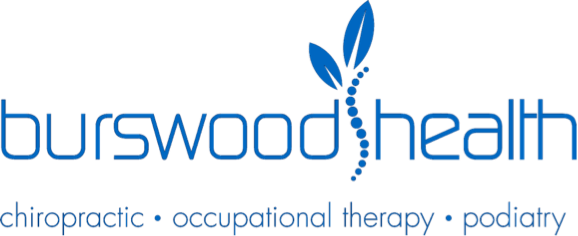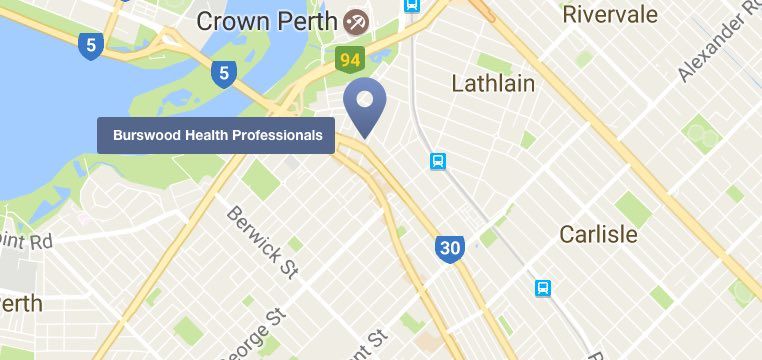Muscle Pain
We have 650 muscles which together make up the largest organ in the body. Muscles, combined with our skeleton, form the musculoskeletal system which allows us to walk upright on two legs. Healthy muscles are essential for a healthy, pain-free life. But healthy muscles can change due to injury, lack of exercise, overuse, poor nutrition or the natural process of ageing.
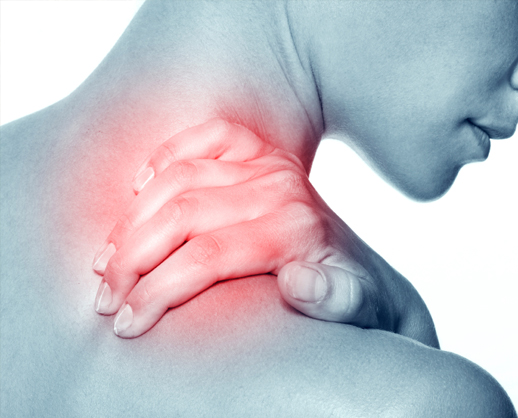
Muscle Pain Explained
When young, we only experience muscle pain if we overstretch a muscle while running or playing sport. A muscle overstretch is called a strain which can range from mild to severe. Mild and moderate strains recover with a bit of rest over a few days. But a severe (grade 3) strain involves marked or total tearing of muscle tissue. A grade 3 strain can occur at any age and can take much longer to heal. The scar tissue that forms is less elastic than the original muscle tissue. It is very important that the injured muscle is treated properly to optimise healing and minimise the risk of re-injury in the future.
Besides actual tears or strains, muscles can become painful simply due to overuse - or underuse! People who never exercise have muscles that are tight and weak. They are prone to strain from simple activities of daily living. Poor posture, a sedentary lifestyle and inactivity often leads to muscle weakness and pain.
On the other hand, athletes and people that have physical jobs usually have strong muscles which are exercised every day. These people are usually fit, strong and active. But muscles that are worked hard need periodic treatment to relax tension, improve circulation and increase lymphatic drainage. Muscles also need rest and recovery time in order to avoid the build up of toxic waste products which cause stiffness and muscle pain.
What happens to a muscle when it is strained or injured?
1 in 3 people experience muscle pain (musculoskeletal pain) that restricts their activities of daily living. chronic muscle strain results in changes to the elasticity of the muscle tissue. Painful nodules, or trigger points, develop and become a source of ongoing irritation and pain. Impaired lymphatic drainage of the injured or strained area results in a build-up of fluid and waste products which further irritate the muscles and surrounding soft tissues.
Prolonged muscle tightness reduces blood circulation, resulting in toxic build up and reduced oxygen supply to the injured tissues. This results in the tightening of connective tissue and fascia which results in stiffness, pain, reduced muscle strength. Chronic pain syndrome can be the end result of long-standing muscle strain which was not properly treated.
How does a Trigger Point cause muscle pain?
A Trigger point (Trp) is a palpable hypersensitive nodule usually located in a taut band of skeletal muscle. Trigger points can also occur in tendons, ligaments and the nerve-rich covering of bone (periosteum). You can have one or two trigger points – or a whole series spread throughout several muscles.
If you have ever had a knot in a tight muscle, or stiff shoulders, then you know exactly what a trigger point feels like! Trigger points can be active and cause a lot of muscle pain – or latent and simply weaken a muscle and cause long-term problems.
Pressure on a trigger point will elicit pain directly over the affected area and often cause a radiation of pain. You may feel a local ‘twitch response’ when a trigger point is stimulated.
Other Pain You Might Feel
Injury
Are you suffering from an injury? Read more about how we could help treat your injured muscles or ligaments.
Muscles and connective tissue can deteriorate as we get older. Injuries and repetitive strain can result in weakening of joints and soft tissues. The most common muscle pain is back pain which is the leading cause of disability in the world. The pain of osteoarthritis is almost always complicated by trigger points in the surrounding musculature. Chronic musculoskeletal pain can have a very negative effect on overall health and quality of life as we march down the road of life.
A fancy name for multiple trigger points - Myofascial Pain Syndrome
Myofascial pain syndrome is the name given to the painful muscle disorder caused by myofascial trigger points.
In our experience, almost all people who suffer from neck pain, back pain or headaches have myofascial trigger points that complicate and perpetuate their pain.
Myofascial pain syndrome is the most common musculoskeletal complaint seen in our practice. It is a significant contributor to chronic muscle pain and disability in the working age population and is very prevalent in all age groups – especially senior citizens.
What causes trigger points?
- Acute injury
- Repetitive strain
- Occupational strain
- Poor posture
- Lack of exercise
- Over-exercise
- Stress
- Poor diet
- Sleep disturbances
- Osteoarthritis
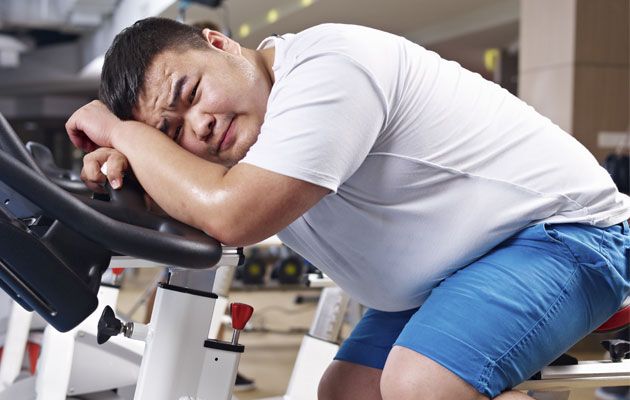
Inflammatory soup and 'brain pain'?
Acute injury or chronic tissue strain results in the release of an inflammatory or sensitising ‘soup’. This ‘soup’ is composed of a mix of our body’s natural chemcials involved in the inflammatory response. These chemicals sensitise nerve endings and barrage the spinal cord with pain signals. This inflammation is normal in the early period after an injury. But the inflammation can go on unabated for an extended period of time. This sensitises surrounding tissues which leads to chronically tender muscles and ongoing pain. The uncontrolled chronic muscle pain then becomes firmly established in our brain and spinal cord. This is the real problem with chronic pain syndromes - the sensitised nervous system that 'remembers' pain and plays it out day after day, long after the initial injury has healed.
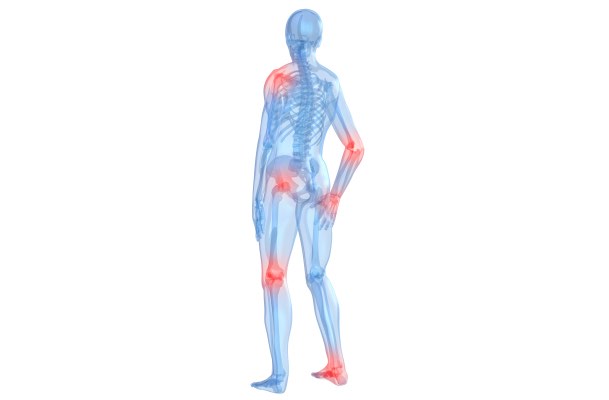
What are some common symptoms associated with trigger points?
- Back and neck pain
- Shoulder pain
- Headaches
- Tinnitus
- Stiff, arthritic joints
- Jaw complaints (TMJ problems)
- Bursitis of the hip
- Shin splints
- Plantar fasciitis
- Fatigue and stiffness
People who have had chronic illness, tiredness, and/or depression often exhibit trigger points in many of their spinal muscles.
How do we treat trigger points?
We use a variety of soft tissue techniques to de-activate trigger points, such as:
- Trigger point therapy
- Acupuncture
- Dry needling
- Cold Laser Therapy
Acupuncture, dry needling, trigger point therapy and cold laser therapy have been shown to be effective treatment modalities that can provide prompt relief of muscle pain and stiffness. With acupuncture or dry needling, we use very fine needles to precisely treat the painful trigger point and relax the muscles. Cold laser therapy is very effective and is always used when there is a fear of needles. We call it acupuncture without the puncture - and it is completely painless.
What does trigger point therapy feel like?
Trigger point work involves thumb and finger pressure applied over the tight, painful tissues. We always work to the individual’s pain tolerance. Treatment can be moderately uncomfortable for a few seconds but as the trigger point relaxes the pain rapidly passes. You guide us as to how much pressure you can stand. Most people describe the discomfort as short lived and as a “good hurt”. The chronic pain someone experiences due to a myofascial pain syndrome is much more uncomfortable than the treatment itself! The relief from trigger point therapy can be remarkable.
How many treatments will I need?
Every case is different and recovery depends on the overall health of the individual, length of time that the problem has existed (chronicity) and the complexity of the trigger point pattern.
People often report significant relief after the first several visits. Chronic, long-standing problems can take several weeks (6-12 visits) of treatment. Exercises are prescribed during this time so that muscles are retrained and strengthened to ensure optimal recovery.
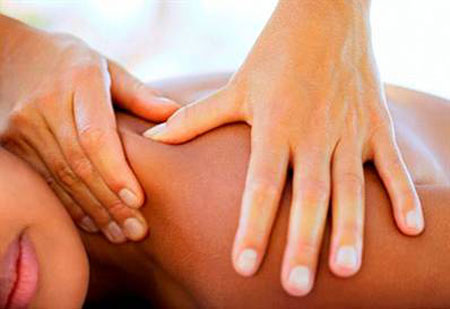
Is there anything I can take or do to get rid of trigger points?
We frequently recommend various natural supplements which can ease pain and assist in the recovery of myofascial pain syndrome. A good diet, adequate rest, and specific exercises are very helpful. We always prescribe advice about the best course for each individual. We will teach you how to self-manage your activities of daily living in order to avoid re-injury or aggravation of any chronic condition. Our aim is to get you back into the game of life - and to help you function to the best of your abilities!
Who can I talk to?
Optimal spinal health and joint function are underpinned by strong muscles and resilient connective tissues. Over the past 50 years, our team at Burswood Health has developed and refined a system of treating chronic musculoskeletal pain aimed at improving soft tissue health. Our team of chiropractors, podiatrists and occupational therapists are all proficient in soft tissue therapy. If you suffer from chronic pain and have never had soft tissue therapy - then you haven't tried one of the most important therapies that could help you.
The first step is to call and make an appointment to talk to us. We will take your history and thoroughly examine the cause and nature of your pain. Our approach is gentle and caring - and our entire team is here to help you. Call us on 089 361 2628 to arrange an appointment so we can help you.
